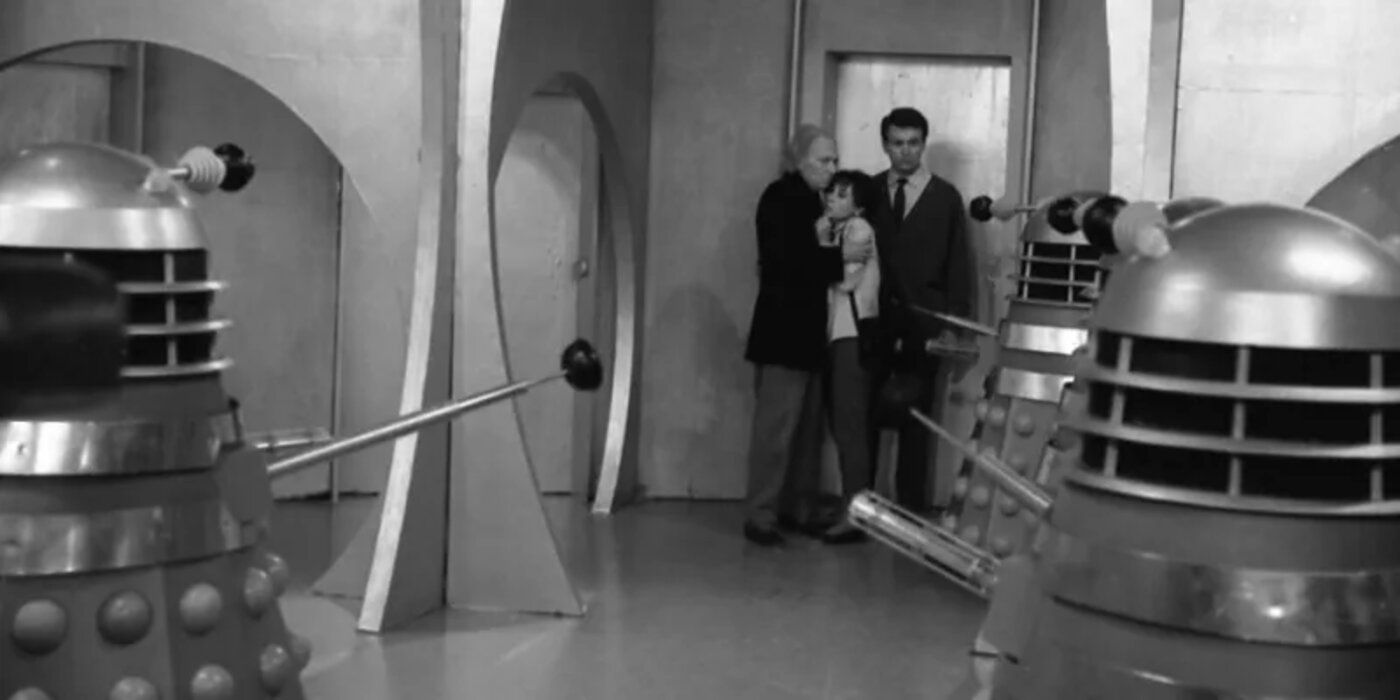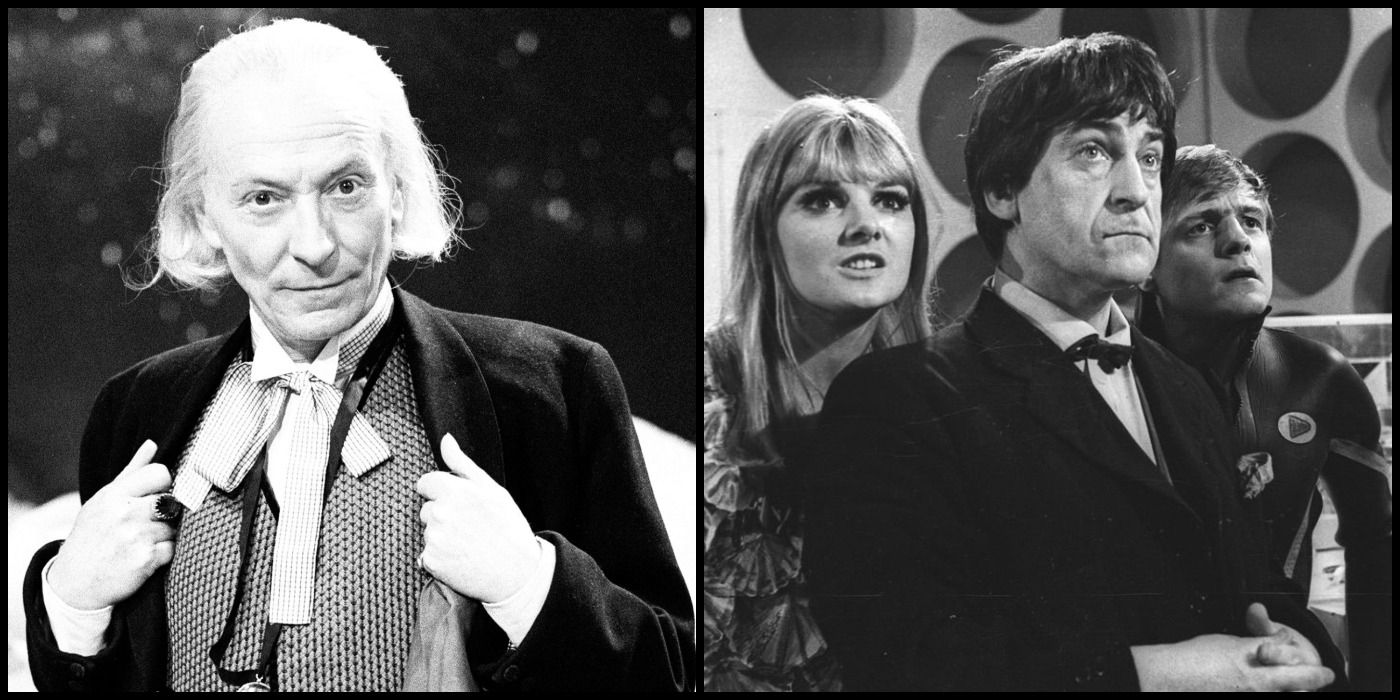Doctor Who at its core is a show that embraces and encourages change. Whether it's the companions that set foot inside the TARDIS or the Doctor's face itself, change has always been one of the appeals of the show, and one of the reasons that it's lasted almost 60 years. However, there are some things that have remained constant and will likely never change. Fans of the series, both new and classic, will know that Doctor Who, despite its many eras and evolutions, still manages to feel like the same show even with new coats of paint. Even after all these years, it's easy to look back at the very beginning and see the foundations that still hold it up today.
Doctor Who first aired on November 23, 1963. Creator Sydney Newman, with the help of others like Verity Lambert and Waris Hussein, established key ideas that they wanted to include in the series. Many of these ideas have become firmly ingrained in not only the show, but pop culture as a whole. It's almost uncanny when rewatching the first episode and seeing all these fundamental hallmarks that fans still associate with Doctor Who today.
The First Doctor's Personality
Unsurprisingly, the Doctor has been around since the first episode. While some details weren't fleshed out until later, it was established from the start that he was "cut off" from his planet. William Hartnell played the First Doctor, and shared many traits that later Doctors would have. However, in the first few episodes of the classic series, the Doctor isn't as altruistic and compassionate as he is in later incarnations. He is far from a hero in his first stories, and manipulates his companions into doing what he wants. The Doctor has always had manipulative tendencies, but in the early days, there are occasions when the first Doctor lies to his companions and risks putting them in danger just so he can explore or satisfy his own curiosity.
The Doctor still travels because he wants to see the universe, but he hasn't quite reached the point where he wants to help people. Many of his early adventures only result in him saving the day because he gets stuck in the situation or his companions convince him to stay. Hartnell is still the same Doctor that fans know and love from later eras of the show, but it's clear that he's "still cooking," developing into the character known today.
The First Doctor does eventually warm to humans and the idea of helping people. In his second and third seasons, he really comes into his own and becomes a whimsical space grandpa that cares for and values those he travels with. Whereas Matt Smith portrayed an aged man in a young man's body, Hartnell is quite the opposite. His elderly appearance hides a childlike sense of wonder and innocence, as well as the occasional tantrum when things don't go his way.
The First Doctor's Companions
Doctor Who wouldn't be half as good without the companions. The companions have always acted as the audience surrogates and asked all the questions, so the Doctor has an excuse to offer exposition. This hasn't changed since the beginning, when Ian and Barbara, two teachers from Earth, stumbled onto the TARDIS and got swept up in the Doctor's adventures.
The First Doctor also traveled with his granddaughter Susan, but though she too was a Time Lord, Susan rarely knew any more than Ian and Barbara when they stepped out of the TARDIS, and she ended up becoming an almost daughter-like figure to the pair. Ian and Barbara didn't voluntarily go with the Doctor though; they were essentially kidnapped after they discovered the TARDIS. Over the course of their travels, the quartet grow more attached to one another, but as with every companion, they eventually depart. The classic series rarely made a big deal out of companions leaving, but both Susan's and Ian and Barbara's exit had a profound effect on the Doctor.
Ian and Barbara are the reason that the Doctor warms to humans and starts to help whenever there is trouble, as the pair were often first to offer assistance when something went awry. This initially led to clashes between the trio, but over the course of their adventures, the Doctor smoothed some of his rough edges and began taking the lead when his aid was required. Without Ian and Barbara, it's entirely possible that the Doctor may not have grown to become the hero he's known as now. Even now, this dynamic hasn't changed. The modern series frequently explores how the Doctor's companions ground them, and the repercussions of the Doctor traveling alone for too long.
The Iconic TARDIS Police Box
The TARDIS is the longest-serving companion of the Doctor, and one of the few things that hasn't changed throughout the entire series. While there have been variations of the console room, the core design and the ever-iconic police box exterior always remind fans that they're still watching Doctor Who.
In the first episode of the show, "An Unearthly Child," the Doctor and Susan have remained on 1960s Earth for some time, and the TARDIS took the shape of the police box to blend in. However, when the Doctor, Susan, Ian, and Barbara materialize in the Paleolithic era, the Doctor notices that the exterior hasn't changed. Ever since, the TARDIS has remained in that emblematic form, bar one time when the Sixth Doctor temporarily fixed the chameleon circuit.
There were even early references to the TARDIS being sentient in the episode "The Edge of Destruction," in which the Doctor and co begin to turn on one another in the TARDIS after strange events begin to occur. It's soon revealed that these events were the TARDIS attempting to warn the Doctor of a malfunction that would have destroyed it.
The Daleks
Back when the Daleks first appeared in 1963, they took the United Kingdom by storm, and now they have become recognizable across the globe. It's possible that they have even transcended the show itself. "The Daleks" was the First Doctor's aptly named second story, and they were featured despite creator Sydney Newman not wanting the show to use "bug-eyed monsters." Yet, they quickly became a hit and were used in three subsequent stories of the First Doctor's era.
The Daleks are slightly less ruthless in their first outing and only mention extermination twice, but their outward appearance is almost exactly the same as their New Who counterparts, showing how flawless a creation these monsters really are. Some of the best Dalek stories can be found in the First Doctor's era too, with classics like "The Dalek Invasion of Earth" and "The Daleks' Master Plan" being fan favorites. While other popular villains like the Cybermen would face the Doctor early in his time traveling career, the Daleks were his first foe and will always be a staple of the show, managing to return against all odds no matter how many times the Doctor stops them.
The First Regeneration
Regeneration is a unique concept and a lightning-in-a-bottle idea that has allowed Doctor Who to carry on for as long as it has. The idea came about when William Hartnell's health began to decline. As a result, the show's creators decided to cast Patrick Troughton to replace Hartnell. The process was described as a "renewal," only being referred to as "regeneration" in the Third Doctor story "Planet of the Spiders."
The First Doctor's final story, "The Tenth Planet," was the first time viewers saw the Cybermen and, of course, regeneration, which occurred after the Doctor claimed to be "wearing a bit thin." At the beginning, regeneration or "renewal" had a slightly different explanation to the one given today. The Second Doctor explained to his companions, Ben and Polly, that the process was a result of the TARDIS and that "without it, (he) couldn't survive". This was later retconned with future incarnations, and regeneration was changed to a natural ability possessed by Time Lords. This was revised again during the Thirteenth Doctor's era, with the revelation of the Timeless Child.
The Second Doctor revitalized the show and offered a new take on the character that influenced many later actors who would take on the role. Without the idea of regeneration, the show would have been canceled and faded into obscurity. While Hartnell helped to birth the show and make it a success, it was Troughton who proved to viewers that Doctor Who could still work with a different actor. As a result, the show has seen thirteen actors take on the lead role over 60 years, with the fourteenth on the way.

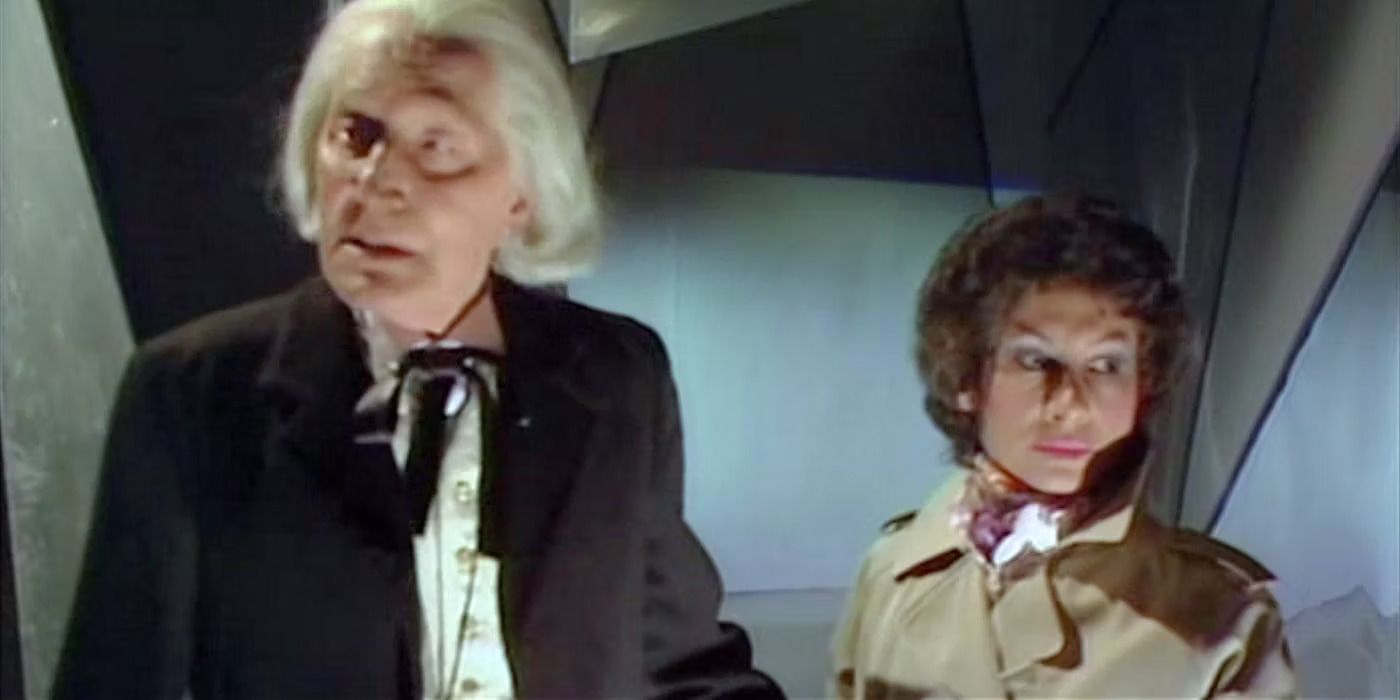
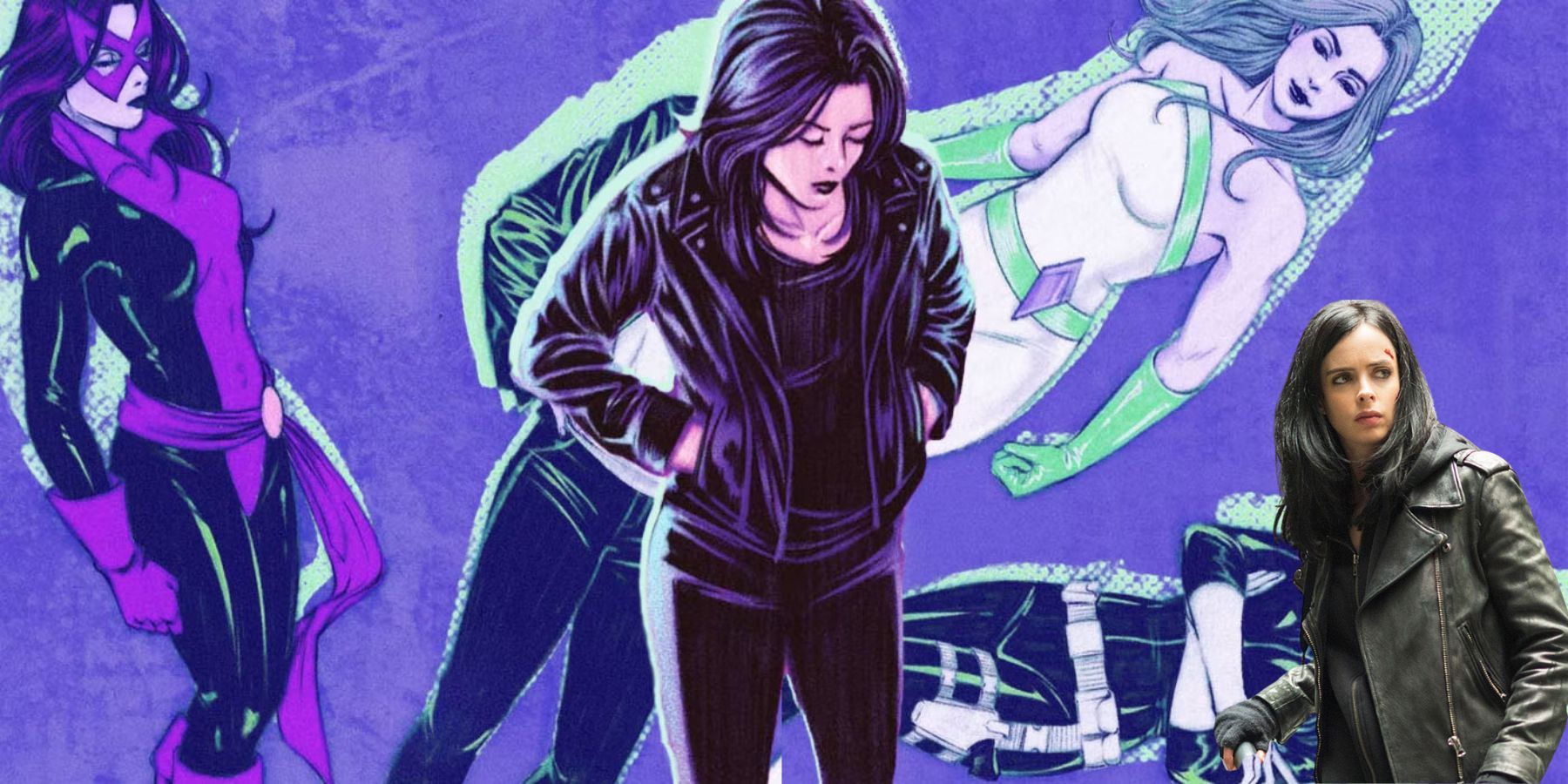
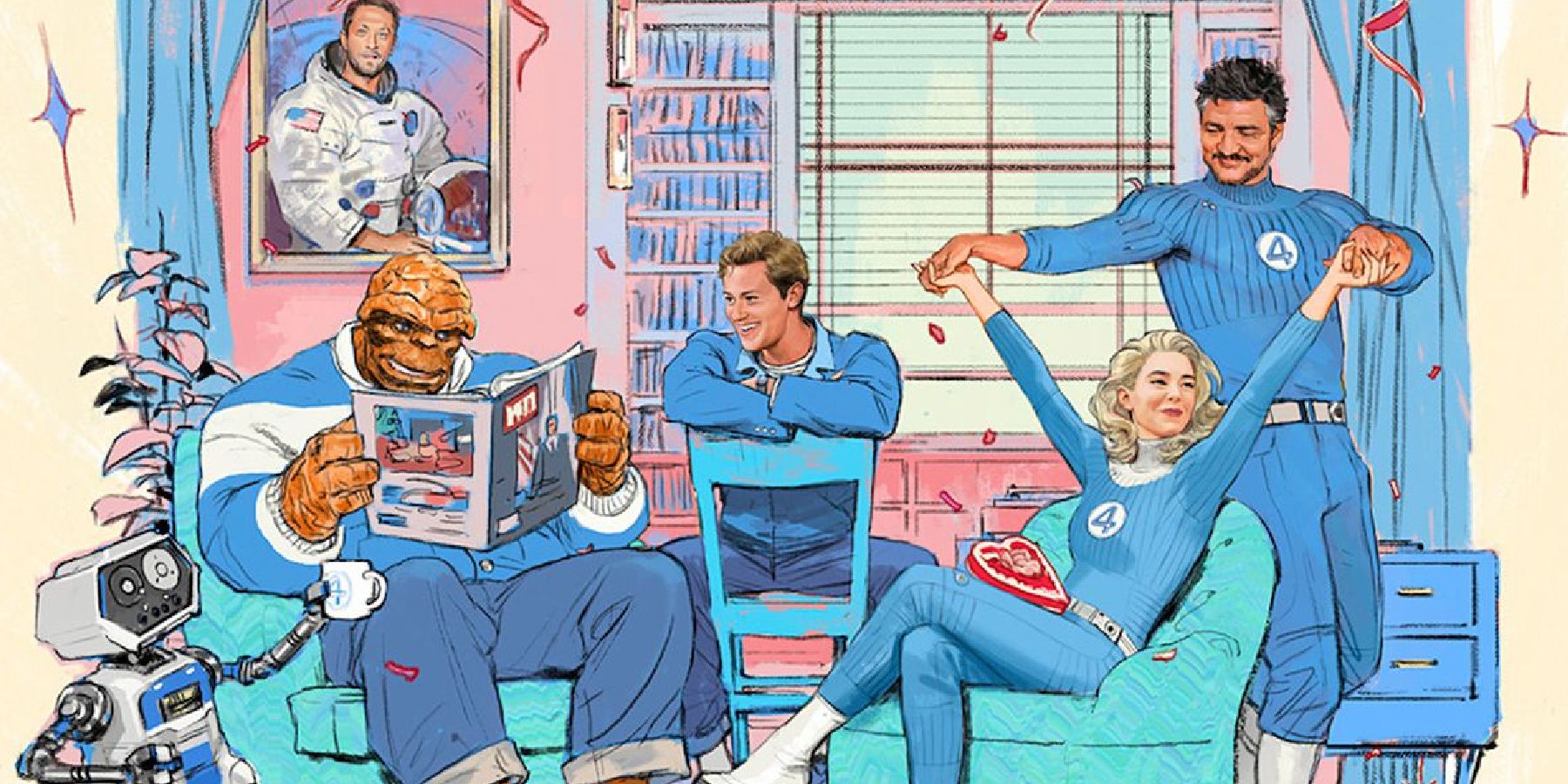
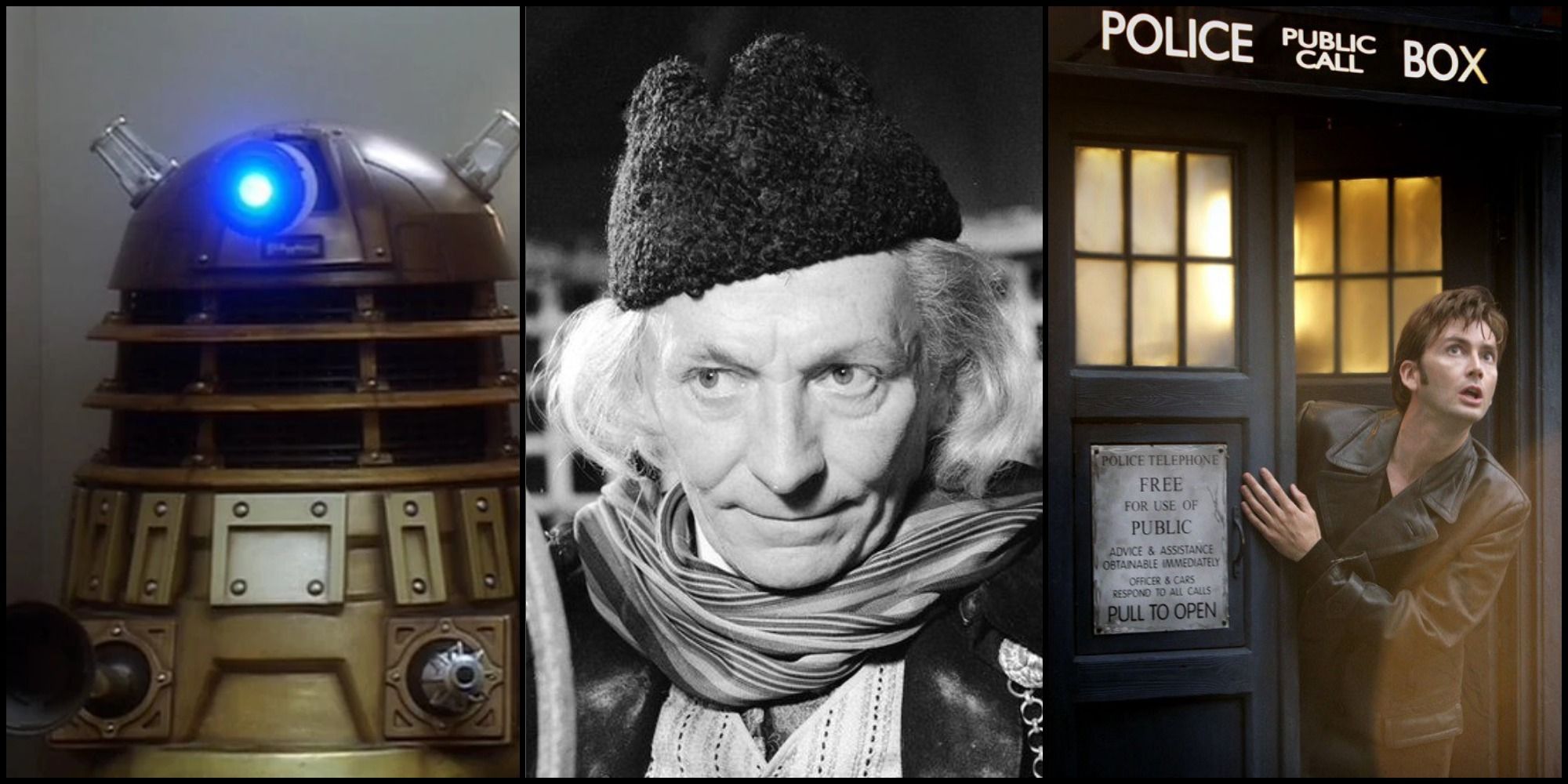
.jpg)
.jpg)
.jpg)
